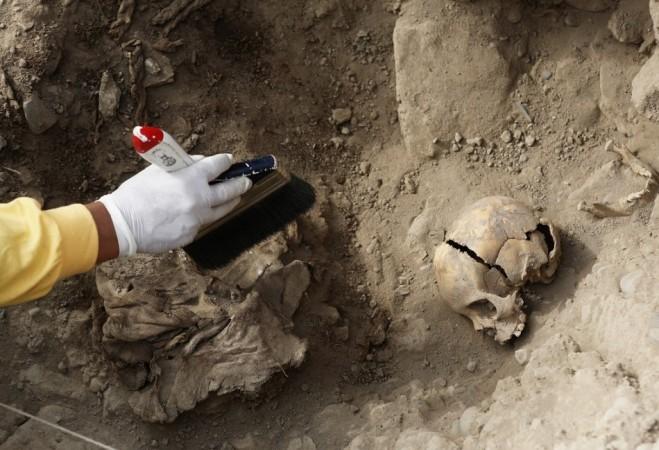
A 3,300 year-old tomb was newly unearthed at an ancient cemetery in Egypt, at the site of Abydos. Archaeologists found burial chambers and one of them had the remains of the tomb that was red, finely crafted sandstone sarcophagus, created for a scribe called Horemheb.
The newly excavated tomb would have boasted a pyramid of 23 feet (7 meters) high at its gateway, according to archaeologists.
The tomb was searched at least twice in earlier times and archaeologists found skeletal remains of three to four men, 10 to 12 women and at least two children in it .
The chambers that the archaeologists exposed would have originally existed beneath the surface.
"Originally, all you probably would have seen would have been the pyramid and maybe a little wall around the structure just to enclose everything," said Kevin Cahail, the lead in the search for the tomb and a doctoral student at the University of Pennsylvania.
The pyramid itself "probably would have had a small mortuary chapel inside of it that may have held a statue or a stela giving the names and titles of the individuals buried underneath," Live Science quoted Cahail.
Today, the only remains of the pyramid are the thick walls of the doorway. Other parts of the tomb have not been found yet or haven't survived.
It was common at this time for tombs of elite individuals to contain small pyramids, Cahail said.
Cahail believes that Horemheb's family had military links due to which they allowed such a huge tomb.
The bones recovered from the tomb indicated that more number of women than men were buried in it. Another possibility is that multiple generations used the tomb and contains the remains of the same family with mothers, daughters and other female relatives.
Radiocarbon tests will be conducted to find the date range of the bones inorder to solve the mystery.
















